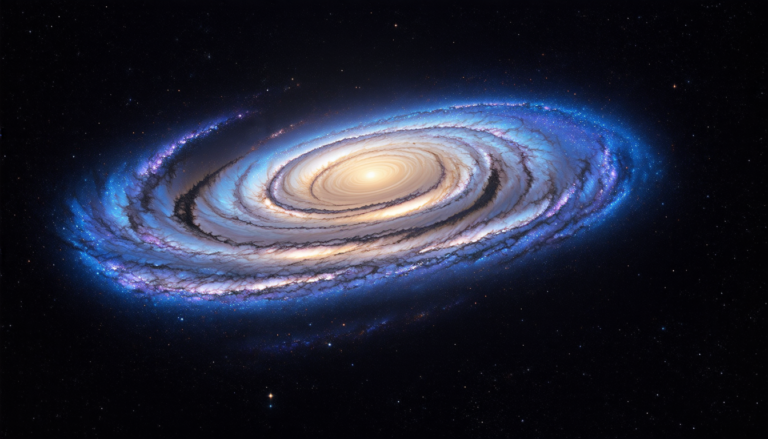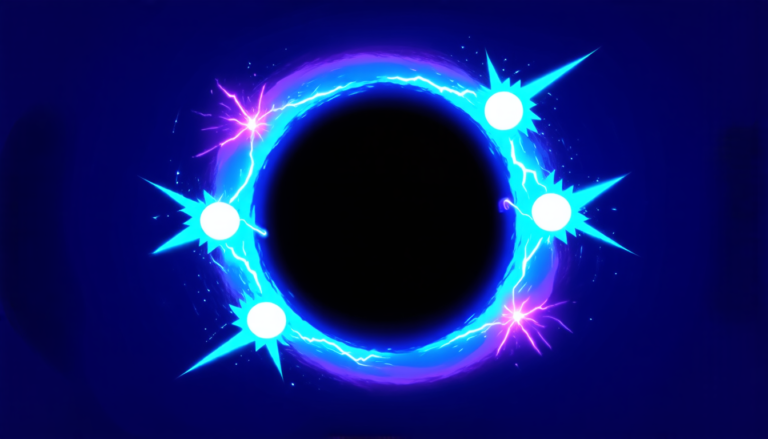Wednesday 16 April 2025
Researchers have made a significant breakthrough in understanding complex systems by uncovering a hidden symmetry in the way certain phenomena unfold. The discovery, published in a recent scientific paper, sheds light on the intricate relationships between different components of these systems and could have far-reaching implications for fields such as physics, biology, and computer science.
The study focuses on a specific type of system known as kinetically constrained models (KCMs). These models are used to describe complex systems where the movement or behavior of individual components is restricted by certain rules or constraints. Examples of KCMs include traffic flow, population dynamics, and even the spread of information through social networks.
The researchers found that KCMs exhibit a property known as self-duality, which means that under specific conditions, the system behaves in the same way when viewed from different perspectives. This duality is akin to the symmetry found in certain geometric shapes, such as a sphere or a cube, where the shape remains unchanged regardless of how it is rotated.
The discovery of this self-duality has important implications for our understanding of KCMs and their behavior. It suggests that these systems may be more robust and resilient than previously thought, able to adapt and respond to changes in their environment with greater ease.
Furthermore, the researchers believe that this property could be used to develop new algorithms and models that can better capture the complexities of real-world systems. In fields such as computer science, for example, KCMs are often used to simulate complex behaviors and predict how systems will evolve over time. The discovery of self-duality could provide a new tool for these simulations, allowing researchers to create more accurate and realistic models.
The study also has implications for our understanding of phase transitions, which occur when a system undergoes a sudden change in behavior as it approaches a critical point. In KCMs, phase transitions are often accompanied by complex and chaotic behavior, making them difficult to predict and understand. The discovery of self-duality could provide new insights into these transitions, allowing researchers to better understand how they arise and evolve.
Overall, the discovery of self-duality in kinetically constrained models is a significant breakthrough that has important implications for our understanding of complex systems and their behavior. It highlights the intricate relationships between different components of these systems and provides new tools and insights for researchers seeking to better understand and model them.
Cite this article: “Unlocking the Secrets of Quantum Criticality: A New Frontier in Condensed Matter Physics”, The Science Archive, 2025.
Complex Systems, Kinetically Constrained Models, Self-Duality, Symmetry, Phase Transitions, Robustness, Resilience, Algorithms, Computer Science, Physics, Biology.







